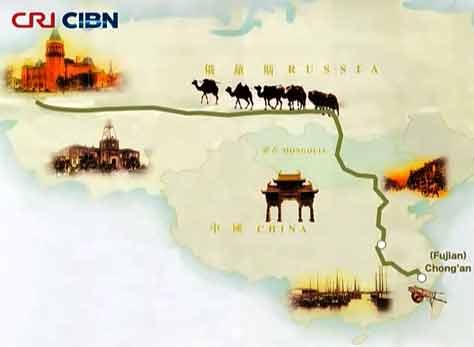I was reading a sci-fi book (not linked to the title of this post as it would be too obvious and by know I think you know me) set in a very far-away future where mankind is no more and what remains are a full nation of huge spaceships that have to deal with an extraterrestrial threat. Don’t worry, I won’t bother you with a summary of the two books and their more than 1,000 pages but get straight to the point (without teasing just in case) and to the tea.
At the end of it, two of the main protagonists are watching something happening above them and trying to figure out what to do and one of them drinks a liquid just before this small dialogue takes place (the translation being mine and only mine, all mistakes are also mine):
-
This infusion has a strange taste to it.
-
This is no “infusion”, it is tea. The drink of a civilisation that no longer is.
And then they keep on looking at the skies where a space battle is taking place and talking about what to do and what not to do.
Apart that I was delighted to see in a book I was reading someone thinking that tea would still be around in the future, which means that I am not the only one thinking about tea in the future (apart from a bunch of Stormtroopers), it made me think about a couple of things.
Even if there is no human around and probably because the protagonists were in a way created by human beings, they value the products of the different civilisations originating from Earth (or at least one of them and no it has nothing to do with the British Empire). This means that by saying “the drink of a civilisation that no longer is”, it puts tea above every other drink, giving it a quasi mythological status and enabling the two characters drinking it to access to a quasi “human being” status because they act like ones even though the last human disappeared a long time ago.
What I find even more interesting is that for the writer in the future (and we speak of thousands of years) and in spite of the fading memories of everything linked to human cultures, drinking tea is still linked to moments of calm, meditation… I know this is a personal view but it reminded me of the legends of Shennong or Bodhidharma discovering tea while or after meditating. Perhaps the author knew about this because one of his two protagonists, the older one, the one that knows abou tea was at some point in its history the gardener of a stone garden, a bit like the zen gardens, the ones that are designed to imitate the essence of nature and not nature itself in order to help the gardeners to meditate on life.
And the last interesting thought I had is that tea is indeed a civilized drink as it is used to foster conversation and to do it in a civilized way while contemplating a space battle with thousand of deaths. Does it give the people drinking it the capacity to absorb themselves into something else or does it have something to do with being drunk slowly over and over, which makes people more likely to try to do something like small talk while waiting for the next gulp? Does it bring people to another plan of existence that makes them more gentle and likely to talk?
Because of what I wrote before and the thoughts these few lines brought to my mind, I couldn’t picture any other drink that could do the trick but perhaps I am biased. So tell me if you share this analysis or if I am completely wrong.
But beware of who or what might be roaming in space and in the far away future as “in space, no one can hear you scream” and I highly doubt tea will be able to save you.





 ings: the introduction of tea in India and in the Darjeeling Estates is the result of an immune system, the immune system of one of the first megacorporation known to the world: the East India Company or British East India Company.
ings: the introduction of tea in India and in the Darjeeling Estates is the result of an immune system, the immune system of one of the first megacorporation known to the world: the East India Company or British East India Company.

Recent Comments